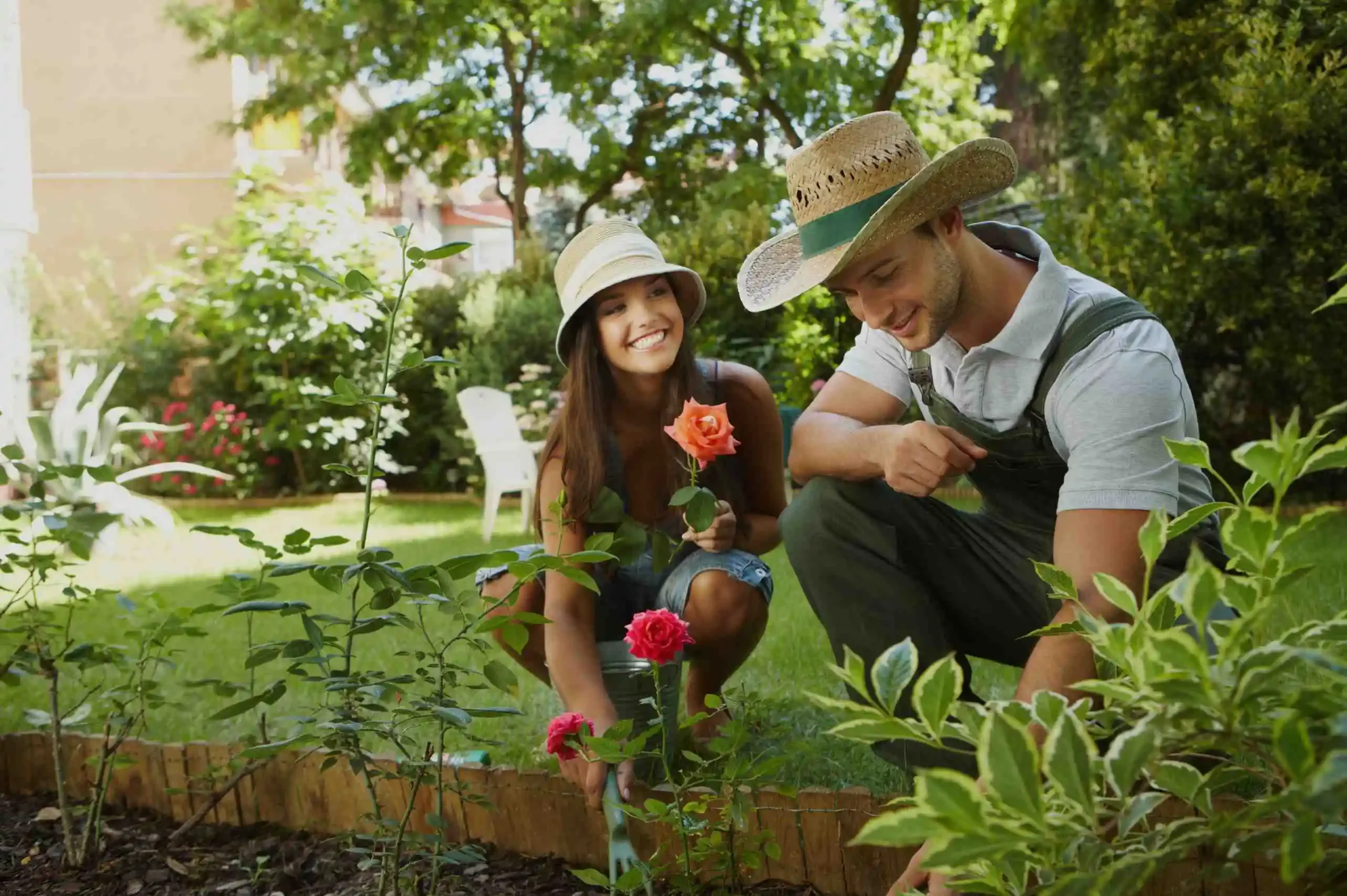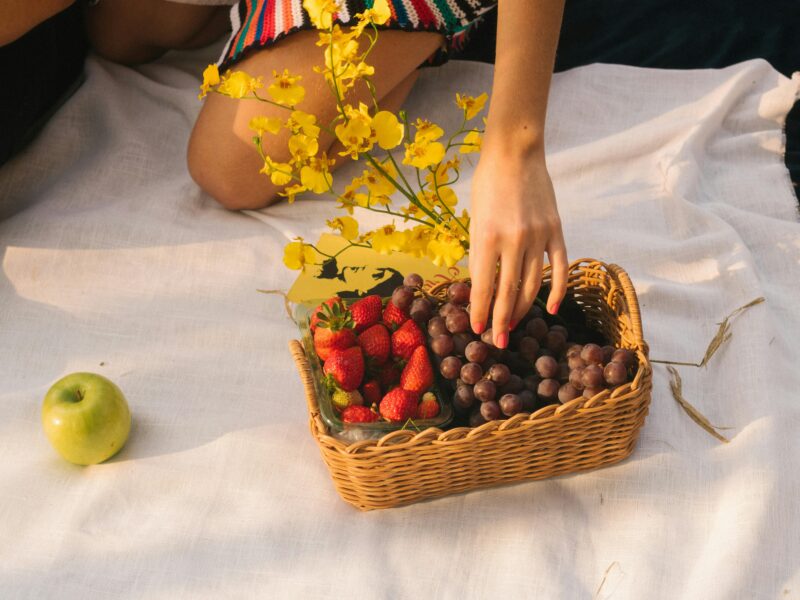Gardening is a dynamic and ever-changing pursuit, with each season offering unique opportunities and challenges for gardeners to navigate. By aligning your gardening activities with the natural rhythms of the seasons, you can maximize success and enjoyment in your garden while creating a beautiful and bountiful outdoor space to enjoy year-round. In this comprehensive guide, we’ll explore the principles of seasonal gardening and provide practical tips and advice for planting with the seasons.
Understanding the Seasons
Before delving into seasonal gardening, it’s essential to understand the characteristics and transitions of each season:
- Spring: Spring is a time of renewal and rebirth in the garden, with longer days, warmer temperatures, and new growth emerging after the dormancy of winter. It’s a busy season for gardeners, as they prepare beds, sow seeds, and transplant seedlings to take advantage of the optimal growing conditions.
- Summer: Summer is the peak of the growing season, with abundant sunlight, warmth, and moisture fueling rapid plant growth and flowering. It’s a time for tending to established plants, watering, mulching, and harvesting the fruits of your labor.
- Fall: Fall is a transitional season, with cooler temperatures, shorter days, and changing foliage signaling the approach of winter. It’s a time for harvesting remaining crops, cleaning up garden beds, and planting cool-season vegetables, bulbs, and perennials for the following year.
- Winter: Winter is a time of rest and dormancy in the garden, with plants entering a period of dormancy to conserve energy and survive the cold temperatures. It’s a time for gardeners to take stock, plan for the upcoming season, and enjoy the beauty of the garden in its winter guise.
Spring Gardening
Spring is a season of anticipation and excitement in the garden, as gardeners eagerly await the return of warmer weather and the opportunity to get their hands dirty. Here are some key activities for spring gardening:
- Prepare Beds: Prepare garden beds by clearing away debris, amending soil, and adding compost or organic matter to improve soil structure and fertility.
- Sow Seeds: Sow seeds of cool-season vegetables, herbs, and flowers directly in the garden or start seeds indoors for transplanting later in the season.
- Transplant Seedlings: Transplant seedlings of warm-season vegetables, annual flowers, and herbs into the garden once the threat of frost has passed and soil temperatures have warmed.
- Prune and Divide: Prune shrubs and trees as needed to promote healthy growth and flowering, and divide overcrowded perennials to rejuvenate plants and encourage vigorous growth.
Summer Gardening
Summer is the season of abundance in the garden, with plants reaching their peak growth and producing a bounty of flowers, fruits, and vegetables. Here are some key activities for summer gardening:
- Watering: Water container plants and garden beds regularly to keep soil consistently moist, especially during periods of hot weather and drought.
- Mulching: Mulch garden beds with organic mulch such as straw, wood chips, or compost to conserve moisture, suppress weeds, and regulate soil temperature.
- Fertilizing: Fertilize plants regularly with a balanced fertilizer to provide essential nutrients for healthy growth and development.
- Harvesting: Harvest ripe fruits, vegetables, and herbs regularly to encourage continued production and prevent overripening or spoilage.
Fall Gardening
Fall is a time of transition in the garden, as gardeners prepare for the onset of winter and the dormancy of many plants. Here are some key activities for fall gardening:
- Harvesting: Harvest remaining crops of summer vegetables, herbs, and fruits before the first frost arrives, and preserve or store them for future use.
- Planting: Plant cool-season vegetables such as lettuce, spinach, kale, and carrots for fall and winter harvests, and plant bulbs such as tulips, daffodils, and crocuses for spring blooms.
- Cleaning Up: Clean up garden beds by removing spent annuals, cutting back perennials, and raking up leaves to prevent the spread of pests and diseases and prepare beds for winter dormancy.
- Mulching: Mulch garden beds with a layer of shredded leaves, straw, or compost to protect plants from freezing temperatures and insulate soil against temperature fluctuations.
Winter Gardening
Winter may seem like a quiet time in the garden, but there are still plenty of activities for gardeners to enjoy, even in the coldest months. Here are some key activities for winter gardening:
- Planning: Use the winter months to plan and design your garden for the upcoming growing season, researching new plants, layouts, and techniques to try.
- Pruning: Prune deciduous trees and shrubs while they are dormant to shape plants, remove dead or diseased branches, and encourage strong, healthy growth in the spring.
- Indoor Gardening: Bring the garden indoors by growing houseplants, starting seeds, or forcing bulbs to bloom indoors during the winter months.
- Tool Maintenance: Use the winter months to clean, sharpen, and organize your gardening tools and equipment, ensuring they are ready for use when the growing season resumes.
Planting with the seasons is a time-honored tradition that allows gardeners to work in harmony with nature and maximize success in the garden. By understanding the characteristics of each season and adapting your gardening activities accordingly, you can create a beautiful and bountiful garden that thrives year-round. Whether you’re sowing seeds in spring, harvesting fruits in summer, planting bulbs in fall, or planning for the upcoming season in winter, seasonal gardening offers endless opportunities for growth, learning, and enjoyment in the garden. So embrace the rhythm of the seasons, roll up your sleeves, and let the garden guide you on a journey of discovery and delight in the natural world.


